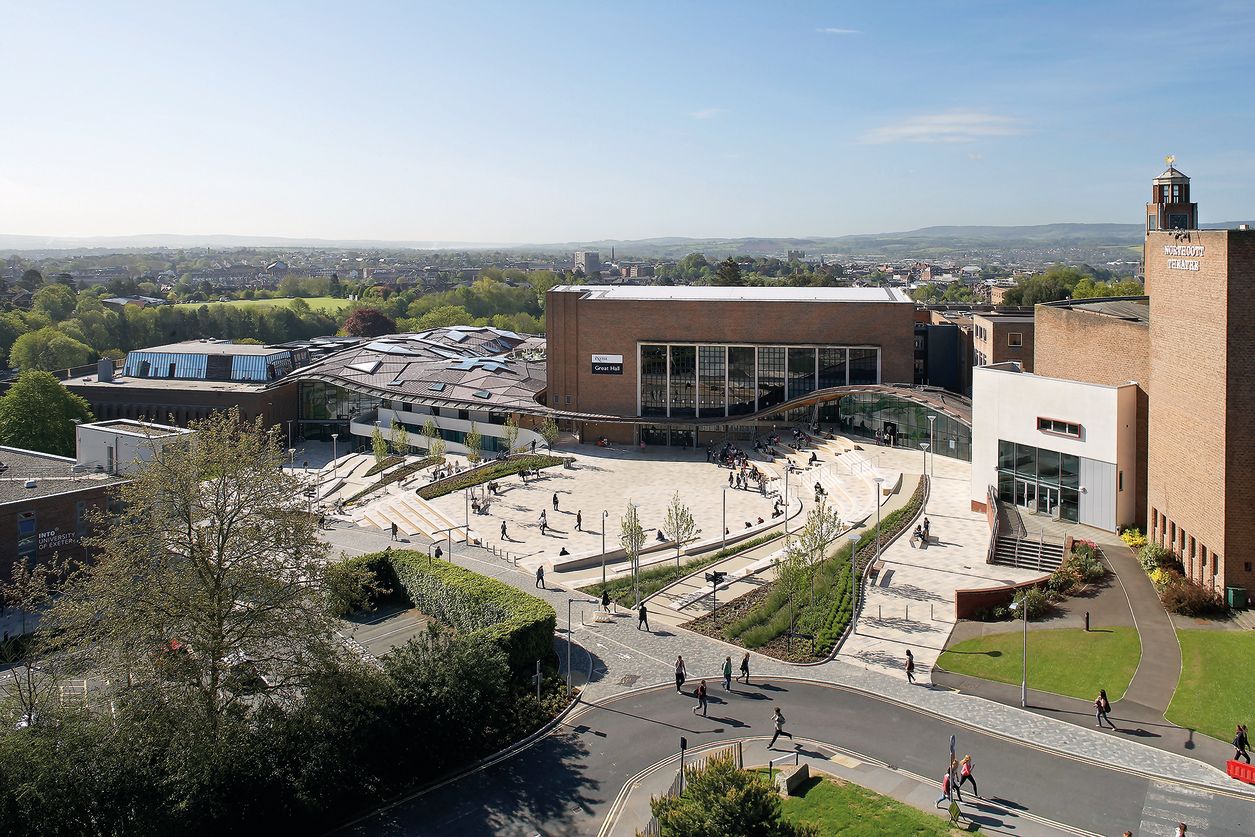Stargazers given once in-a-lifetime opportunity to see ‘Great Conjunction’ of Saturn and Jupiter
Stargazers given once in-a-lifetime opportunity to see ‘Great Conjunction’ of Saturn and Jupiter
Budding astronomers will be given a once-in-a-lifetime opportunity to witness a truly special celestial event in the run-in to Christmas.
This month, the gas giants Saturn and Jupiter – the two largest planets in our Solar System – will be so close in the sky that they’ll both be visible through a telescope eyepiece at the same time.
The planets will reach their once-every-20-years conjunction on December 21 – which will be their closest alignment since 1623, almost 400 years ago.
To mark the occasion, experts from the University of Exeter are offering enthusiasts of all ages a special opportunity to view the event by running a live-stream view from a telescope placed on the university’s tallest building.
The team have also produced a range of videos about the conjunction, that covers a range of topics including how best to observe it, some facts about both Jupiter and Saturn, and more.
Professor Matthew Bate, from Exeter’s Astrophysics group and who has coordinated the project said: “An exciting thing about the 2020 Great Conjunction is that it is probably the closest passage of Jupiter and Saturn that will have ever been observed by telescope.
“Although Galileo used his telescope to observe Jupiter and Saturn in 1610, thirteen years before they were last so close together, the two planets appeared much closer to the Sun during the 1623 conjunction and there are no records of them being observed by telescope.”
Both Saturn and Jupiter have been visible close together in the night sky throughout 2020. However, this upcoming “great conjunction” will mean the gas giants will be so close in the sky that they will appear less than the diameter of a Full Moon apart.
From early-December, the planets will be visible close together for the naked eye, before their closest approach – on December 21 – will make them hard to distinguish apart. The planets won’t be as close again until 2080 – making this a truly once-in-a-lifetime event for most.
The best time to view the conjunction in the UK will be between 30 minutes and two hours after sunset. But because Jupiter and Saturn appear to be relatively close to the Sun during December, they will be close to the horizon. You’ll need a clear view of the southwest horizon after sunset to see them.
Professor Bate added: “We are really trying to encourage as many people as possible to view this event, and learn a little more about these two gas giants. The videos we have produced explain what great conjunctions are, when and where you need to be to see it, and what you might expect to see by eye, with binoculars, and with a telescope.
“There is a video specifically aimed at primary school aged children, as well as others that discuss the history of Great Conjunctions, how Jupiter and Saturn formed, and about the atmospheres of Jupiter and Saturn.
“We are also hopeful to live-stream a view from a telescope on our Physics Building – around December 15th to 23rd. This is weather dependent, so there is an email sign-up where people can receive email notification of when we plan to do the live stream. “

